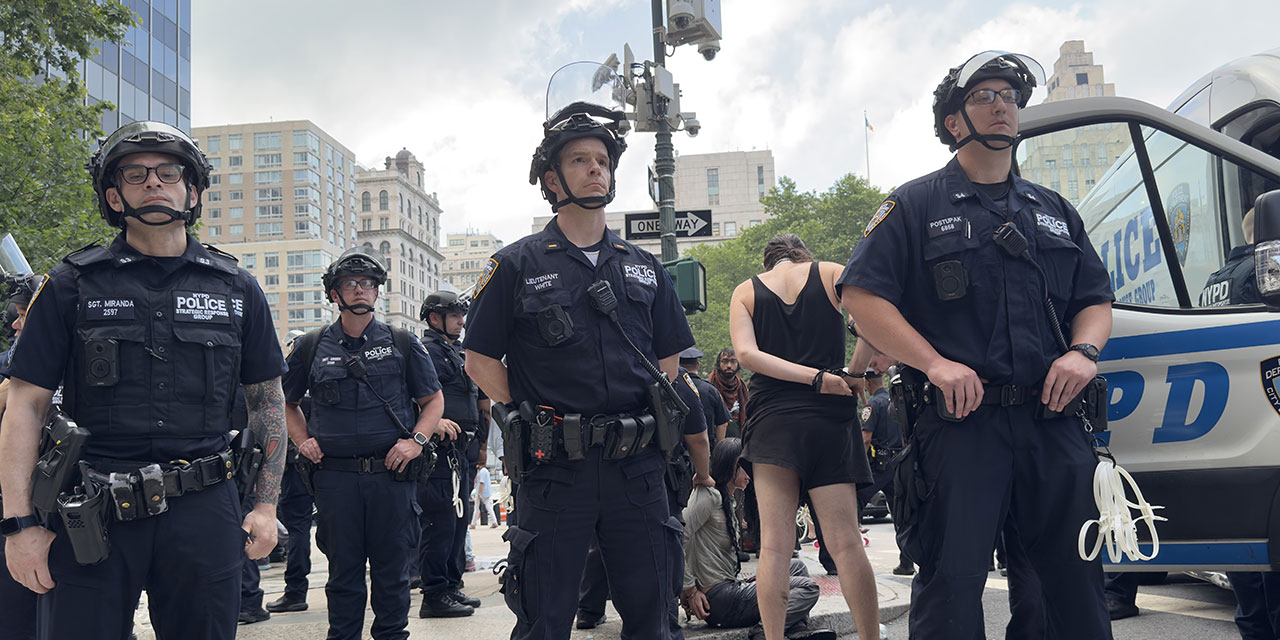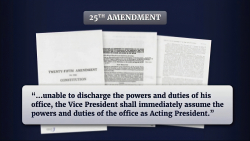
Being mayor of New York City is like playing for the New York Yankees. If you succeed, the city will celebrate you as it did Rudolph Giuliani (until recently, anyway). Fall short, and New Yorkers will turn on you faster than the Bleacher Creatures turned on Juan Soto after he signed with the Mets.
If there’s one policy area New Yorkers care about most, it’s public safety. While the past two years have brought welcome declines in shootings and homicides, rates of other crimes and disorder remain elevated. That raises a pressing question: What should the mayor do to keep the city safe?
Finally, a reason to check your email.
Sign up for our free newsletter today.
As any good general manager will tell you, the first priority is keeping your star player. For the city, that’s NYPD commissioner Jessica Tisch, who has just overseen one of the lowest-crime first quarters in Gotham’s history.
Commissioner Tisch has shown real leadership in her short time at the helm. She has made the most of the department’s limited resources, embracing the precision-policing model to target the most serious offenses in the relatively small number of block clusters with the highest crime rates—a strategy that has clearly paid dividends. Through the first quarter of 2025, the city’s 42 “violence reduction zones” (high-crime areas) saw a 25 percent decline in major crime and a 71 percent reduction in murders, far outpacing the citywide crime decline.
Despite her early success, Tisch acknowledges that serious challenges remain—including recidivism fueled by misguided reforms and a looming wave of police retirements that will leave the already-shrinking department even more understaffed. That brings us to another priority for the next mayor: hiring more cops. Gracie Mansion’s next occupant should commit to a plan to restore the NYPD’s headcount to 40,000 officers—a level that would still fall short of the department’s size at the turn of the century.
As I’ve noted in these pages and elsewhere, the city’s police force has been dwindling for years. Yet, even as the ranks thin, the department still gets nearly 7 million calls for service annually. It must also comply with new administrative burdens imposed by recent reforms like the 2019 state discovery rule changes, the stop-and-frisk settlement agreement, and the city council’s How Many Stops Act, which requires officers to document almost any civilian interaction.
As a result, New Yorkers have seen NYPD response times slow considerably over the last several years. Limited resources have also likely contributed to a long-term decline in clearance rates (the share of crimes that result in an arrest).
Recruiting new officers isn’t as straightforward as it was back when the job held greater appeal. In recent years, the department relaxed physical and educational standards just to fill academy classes, even though officers now earn over $100,000 annually after five years on the job. The problem is perception: the physical and legal risks officers face today make even a six-figure salary far less enticing than it might otherwise be.
The city needs to do more to attract the kind of service-minded men and women who once held the NYPD in high regard. One way is to offer qualified, well-educated, and psychologically stable recruits a clear path to leadership or investigative roles. The U.S. military’s officer candidate model—where college graduates enter with greater prestige, higher promotion potential, and a more attractive pay scale—offers a useful example.
The department should place college graduates with top test scores on an advanced academy track aligned with their service goals. Guarantee them a leadership, investigative, or special operations post within five years, and ensure that their initial assignments prepare them for that path.
While police will always be central to any serious public-safety strategy, their efforts can be undermined by failures elsewhere in the criminal-justice system. The next mayor may not be able to persuade Albany to revisit bail, discovery, and other recent reforms, or do much to compel anti-incarceration district attorneys to change course. But he must completely revamp the city’s current plan for the Rikers Island jail complex, which is set to close by the end of 2027 and will cut the city’s maximum jail capacity to approximately 4,000 beds. That’s a major problem because Gotham’s daily jail population currently sits at more than 7,600. What good is an NYPD that arrests more bad guys if the city has nowhere to put them?
The mayoral primary is fast approaching, but unlike in past years, the Democratic winner is no longer a lock to take the general election. This year’s race will be close, and public safety will be a defining issue. Voters should press candidates for clear, detailed plans—and be wary of any who won’t commit to keeping Jessica Tisch, hiring more cops, and scrapping the plan to close Rikers.
Photo by Selcuk Acar/Anadolu via Getty Images
City Journal is a publication of the Manhattan Institute for Policy Research (MI), a leading free-market think tank. Are you interested in supporting the magazine? As a 501(c)(3) nonprofit, donations in support of MI and City Journal are fully tax-deductible as provided by law (EIN #13-2912529).
Source link


















